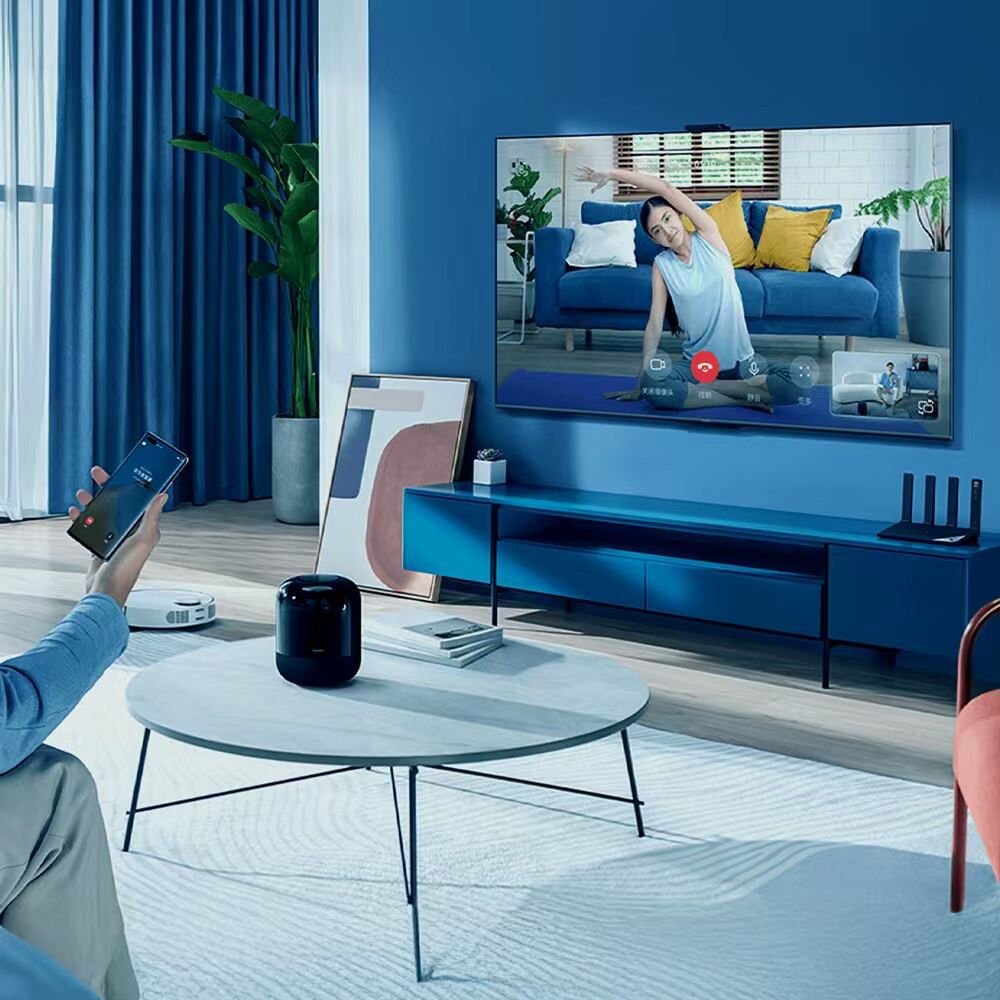Explore the evolution of consumer electronics, from AI-powered devices to IoT integration and the proliferation of 5G. Discover how smart home technologies, wearable devices, and entertainment systems are enhancing consumer experiences, and learn about future trends in sustainability, AR, and VR.

Introduction
Consumer electronics (CE) refers to electronic devices designed to meet everyday consumer needs, encompassing a wide range of categories, including smartphones, televisions, computers, audio equipment, and wearable devices. CE has become deeply integrated into our daily lives, transforming how we work, play, and communicate, and continuing to drive global technological advancement.
Technical Requirements
With rapid technological advancements, consumer electronics products are becoming increasingly intelligent, connected, and personalized. The following are some key technical requirements:
Performance and Processing Power: Consumers expect devices to handle increasingly complex tasks, support efficient software execution, and deliver high-resolution graphics and smooth multitasking.
Low-Power Design: Low-power technology is a core requirement, particularly for devices like smartphones and smartwatches, to extend battery life.
Wireless Connectivity: Technologies such as Bluetooth, Wi-Fi, and 5G enable efficient device-to-device interaction and a seamless user experience.
Artificial Intelligence and Machine Learning: The application of AI technology is becoming increasingly widespread, from voice assistants to image recognition to personalized recommendations, continuously optimizing user experiences.
Durability and Design: Growing environmental awareness is driving device durability and longevity, leading to designs that are simpler, more stylish, and more integrated.
Application Areas
Consumer electronics have permeated every aspect of life, including:
Smartphones: Smartphones have become an indispensable tool in modern life, integrating multiple functions such as photography, entertainment, payment, and navigation.
TVs and Home Entertainment Systems: Continuous innovation in smart TVs and home theater systems offers 4K and 8K resolutions, as well as integration with virtual reality (VR) and augmented reality (AR) technologies.
Wearable Devices: Smartwatches and health monitoring devices not only help consumers monitor their health and fitness data but also enable remote control and management of their smart homes.
Smart Home: IoT technology enables interconnected smart home devices (such as smart light bulbs, speakers, and security cameras), enhancing the convenience and comfort of home life.
Gaming Devices: Game consoles, virtual reality (VR) headsets, and augmented reality (AR) devices bring unprecedented immersion and interactivity to entertainment.
Application Products
NTC thermistors are widely used in consumer electronics such as smartphones, tablets, and laptops. It adjusts its resistance value based on temperature changes and is used for temperature monitoring and overtemperature protection, preventing device damage from overheating.
Temperature sensors are widely used in smartphones, wearable devices, home appliances, and other products to monitor device temperature in real time and ensure they operate within the normal temperature range.
Thermal protectors work in conjunction with NTC thermistors and are widely integrated into smart home devices, power adapters, battery chargers, and other devices to prevent fires or damage caused by overheating.
ESD protection components are used in smartphones, TVs, laptops, and other devices to prevent electrostatic discharge from damaging circuits, ensuring effective static resistance in various environments and improving product reliability and safety.
TVS diodes are widely used in smart home appliances, chargers, battery management systems, and other devices to protect power and signal lines from voltage transients, thereby protecting circuits from damage.
Varistor is used in devices such as TVs, speakers, and chargers as a voltage protection component, absorbing surge voltages and preventing overvoltage from damaging circuits.
PPTC resettable fuses are commonly found in battery management systems, chargers, and power tools. They automatically disconnect the current when overloaded and automatically reset when the temperature returns to normal.
GDT gas discharge tubes are commonly used to protect power and communication lines from inrush currents. They are widely used in devices such as TVs, home theaters, and routers to protect circuits from electrical overloads.
These protective components play a vital role in consumer electronic devices, ensuring safe and efficient operation and preventing damage caused by overheating, voltage fluctuations, and electrostatic interference, thereby ensuring a positive user experience.
Future Trends
With the continuous advancement of technology, consumer electronics products will exhibit the following trends:
Stronger AI integration: AI technology will be further embedded in various consumer electronics products. From smarter voice assistants to more intelligent home systems, AI will become ubiquitous.
Deeper IoT applications: Smart devices will become increasingly connected, and the Internet of Things (IoT) will become a core part of daily life, improving the efficiency of homes, cities, and workplaces.
The proliferation of augmented reality (AR) and virtual reality (VR): These two technologies will be widely used in entertainment, education, healthcare, and other fields, providing a more immersive experience.
Sustainability and eco-friendly design: Environmental protection and sustainability will become core design priorities, with more products adopting eco-friendly materials and extending their lifespans.
The proliferation of 5G: The widespread adoption of 5G technology will provide consumer electronics with faster connections, lower latency, and higher bandwidth, supporting real-time data transmission and efficient cloud computing services.
The future of consumer electronics is full of innovation and opportunity. With technological advancements, consumer electronics will not only drive industry development but also significantly improve consumers' quality of life.